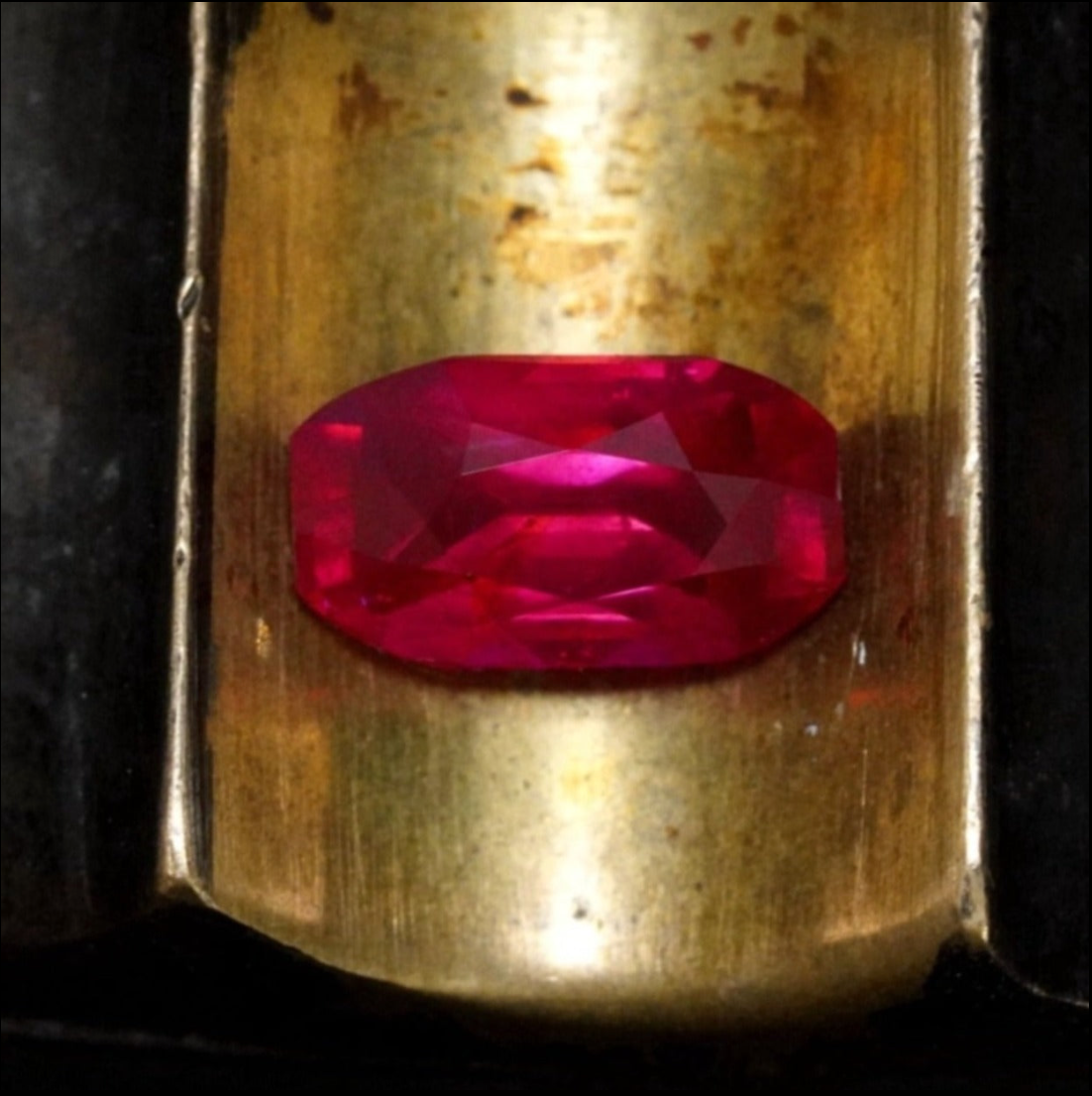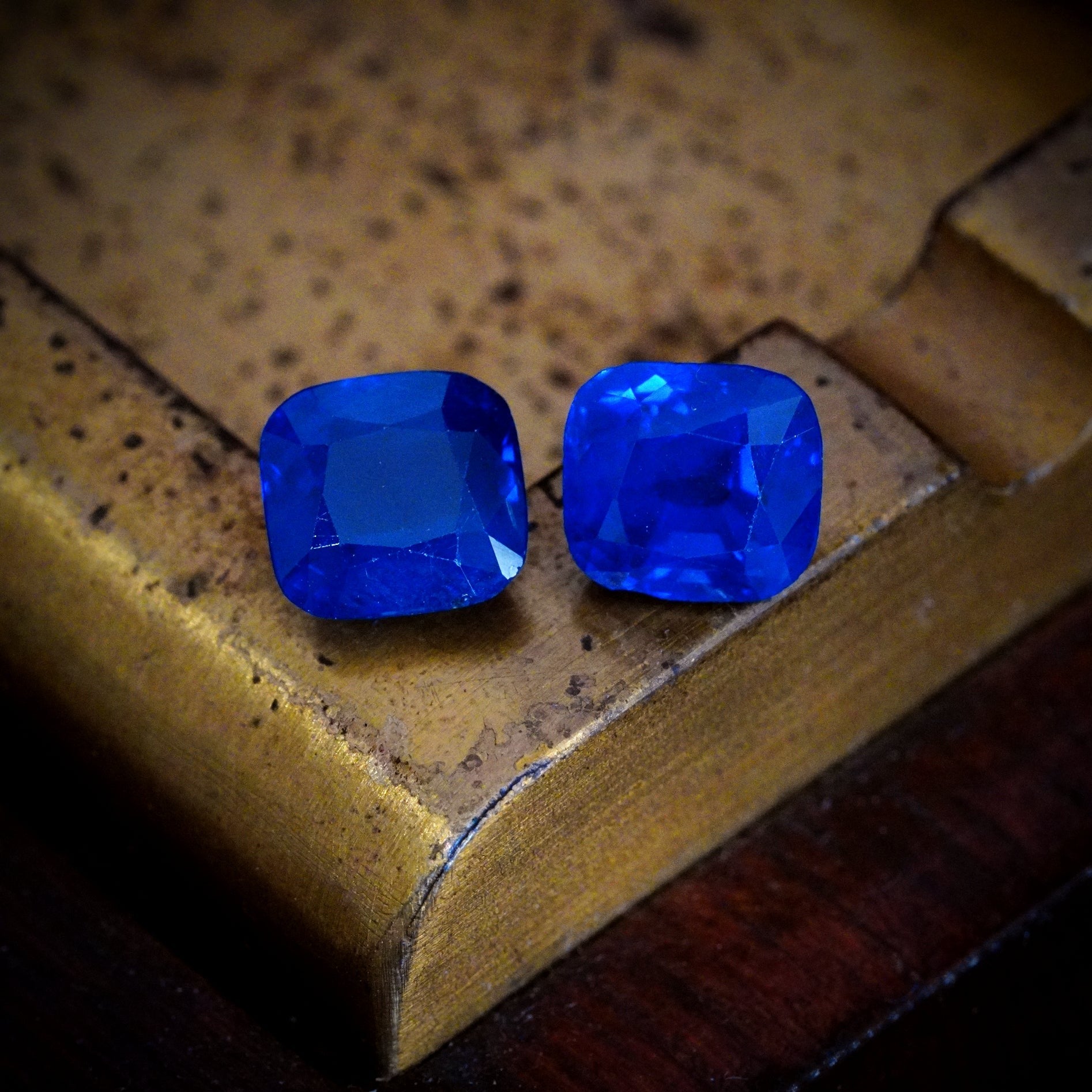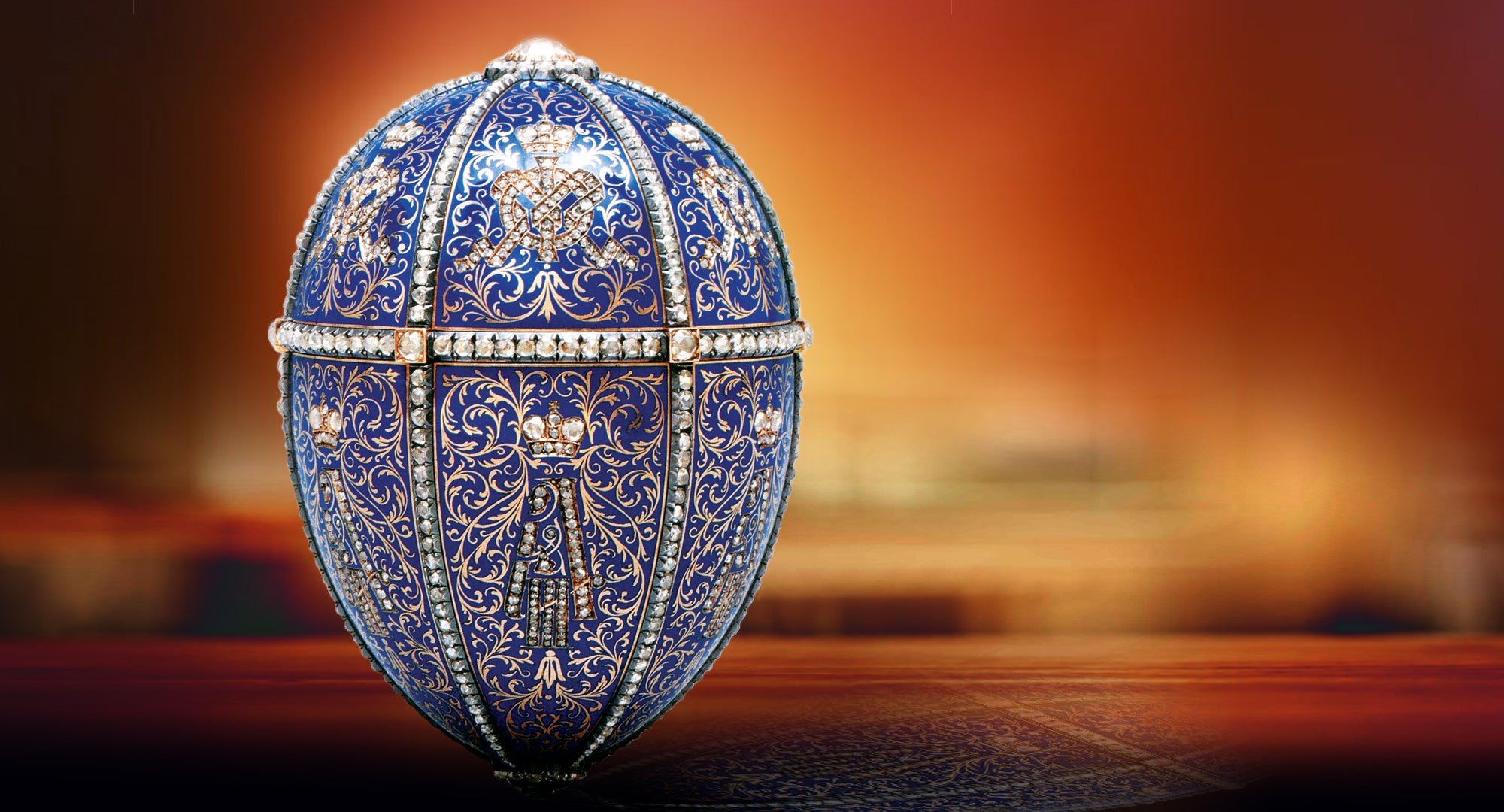
The Ruby Realms of Mogok and Mongshu
Nestled within the breathtaking terrain of Myanmar, formerly known as Burma, lies a realm of unparalleled natural treasures and rich gemstone heritage. Renowned as the epitome of fine gemstone production, Myanmar boasts two illustrious mines, Mogok and Mongshu, each revered for their exquisite gems, most notably rubies.
Mogok, often hailed as the “Valley of Rubies,” exudes an aura of mystique with its ancient treasures, characterized by rubies celebrated for their vibrant red hue and ethereal glow. Meanwhile, Mongshu emerges as a newer addition to Myanmar’s gemstone landscape, with rubies of a remarkable diversity of color, clarity and size.
In this comprehensive guide, we explore the distinctive characteristics of Burmese rubies, delving into their singular hues, exceptional clarity and the geological wonders that shape their formation. We also look at the geographical nuances of the Mogok and Mongshu mines and how their treasures compare, illuminating the fascination of Burma’s legendary gemstone legacy.
What Makes Burmese Rubies Special?
Burmese rubies, also known as Burma rubies or Myanmar rubies, have garnered acclaim for centuries. This is due mainly to their exquisite natural purplish-red hues and exceptional brilliance, which gives Burmese rubies a singular beauty that sets them apart from rubies sourced elsewhere. Burmese rubies can also possess what’s considered the finest color quality in rubies—the coveted “pigeon’s blood red”—a vivid pure-red hue with no overtones of orange or brown.
The distinctive red hues of Burmese rubies are the result of their elevated chromium content, the mineral catalyst responsible for transforming white corundum, the parent mineral of rubies, into its vibrant red form. Rubies rich in chromium can also fluoresce under ultraviolet radiation, such as sunlight, which enhances their luminosity and gives the gems an enchanting internal “fire” or illumination that mesmerizes viewers.
In addition, Burmese rubies also have an inherent clarity that renders them ideal for faceting, allowing their natural brilliance to shine through.
Moreover, Burmese rubies are also known to contain microscopic inclusions (internal imperfections) of the mineral rutile—often called “silk”—which scatter light, imbuing these precious stones with a soft, ethereal glow.
In essence, Burmese rubies stand as testaments to nature’s artistry, celebrated for their peerless beauty and revered throughout the ages as treasures beyond compare. Let’s now uncover the distinct characteristics of the Mogok and Mongshu mines that give rise to these exceptional gemstones.
Mogok, the ‘Valley of Rubies’
Situated among the rugged mountains of Myanmar’s Mandalay region lies the Mogok Valley, known as the “Valley of Rubies.” For more than a millennium, Mogok has been a prolific source of fine gemstones, including many of the world’s most exquisite rubies. Consequently, it’s widely acknowledged as the primary producer of the most prized rubies among the two mines.
The remarkable productivity of the Mogok Valley is largely credited to its geological composition, which comprises a complex array of metamorphic rocks such as marble, schist and gneiss. Shaped by millions of years of geological activity, these formations are enriched with an abundance of minerals, notably chromium, which provides an ideal environment for the formation of rubies. The high chromium content within the Mogok Valley contributes to the vibrant red hue of its rubies, unmatched in the world of gemstones. Additionally, rubies with high chromium content fluoresce under ultraviolet radiation, such as sunlight. This fluorescence can cause Mogok rubies to emit visible light in various colors, enhancing their overall appearance and adding to their visual appeal. UV characteristics such as this are an important factor in evaluating the quality and value of these stones.
Among the metamorphic rocks found in Mogok, marble stands out for its significant role in producing the distinctive Burmese ruby. Formed from limestone under intense heat and pressure, marble’s low iron content further enhances the intense red coloration of the rubies, distinguishing them as exceptional gemstones within the industry.
Mogok rubies also typically exhibit exceptional clarity, with minimal to no visible inclusions. This remarkable transparency enhances the gemstones’ brilliance and value, making them highly sought after by collectors and aficionados. However, despite their seemingly flawless appearance, Mogok rubies are also known to contain the “silk” inclusions mentioned previously, which scatter light, imparting a soft, ethereal glow to these precious stones. These silk inclusions, while technically considered imperfections, are often idealized by gemstone enthusiasts for their enchanting effect on the appearance of Mogok rubies, adding to their allure and desirability.
Additionally, the superior refractive index of Mogok rubies, which measures how light bends as it passes through a gemstone, results in exceptional brilliance and sparkle. This quality further adds to their enchantment and desirability, as the rubies exhibit heightened luminosity and sparkle when light interacts with them.
It’s important to note that only a fraction of mined rubies from the Mogok Valley meet this stringent criteria for color and quality. This scarcity only adds to the allure and investment value of Burmese rubies, making them prized possessions.
Mongshu’s Ruby Diversity
In contrast to the longstanding tradition of ruby mining in Mogok, Mongshu, located in Myanmar’s Shan State, represents a newer addition to the realm of Burma ruby mining. Emerging as a significant ruby-producing area in the late 20th century, Mongshu occupies a distinct niche in the country’s mining sector.
Unlike Mogok, where rubies are often found within marble formations, Mongshu’s terrain is predominantly sedimentary, characterized by alluvial deposits scattered across riverbeds and gravel beds. The geographical diversity of Mongshu’s landscape contributes to the deeper, darker red hues and varied qualities of its rubies, providing a fascinating counterpart to the gems of Mogok.
Mongshu rubies exhibit a broader spectrum of colors compared to their Mogok counterparts. While some stones boast a deep red hue reminiscent of “pigeon’s blood,” others can display slightly purplish or pinkish undertones, offering a diverse range to cater to different preferences.
Additionally, Mongshu rubies often contain visible inclusions due to their sedimentary origin, adding to their character and uniqueness while detracting from clarity.
Another distinguishing feature of Mongshu rubies is their larger crystal sizes compared to those from Mogok. This characteristic, attributed to the alluvial deposits in the region, results in stones of impressive dimensions, making them ideal for statement jewelry pieces.
Moreover, Mongshu rubies, owing to their relatively recent discovery and mining, are more readily available in the market than their Mogok counterparts. This accessibility, combined with their diverse color range and distinctive characteristics, has made Mongshu rubies popular choices for both collectors and jewelry designers seeking unique gemstones.
As the mining industry in Mongshu continues to evolve, the region’s significance in Burma’s gemstone landscape is poised to expand, offering a compelling counterpart to the storied legacy of Mogok.
In the realm of fine gemstones, Mogok and Mongshu Burma rubies stand as shining exemplars of nature’s artistry. While Mogok rubies captivate with their vibrant red hues, exceptional clarity and ethereal glow, Mongshu rubies offer a diverse spectrum of hues and larger crystal sizes, reflecting the geological diversity of their origin. Whether one seeks the timeless allure of a Mogok ruby or the distinctive charm of a Mongshu ruby, both mines offer treasures that transcend ordinary beauty, embodying the mystique of Burma’s rich gemstone heritage.
Top: 4.08-carat, octagon-shaped, mixed-cut, unheated ruby from the Mogok mine in Myanmar (Burma)


